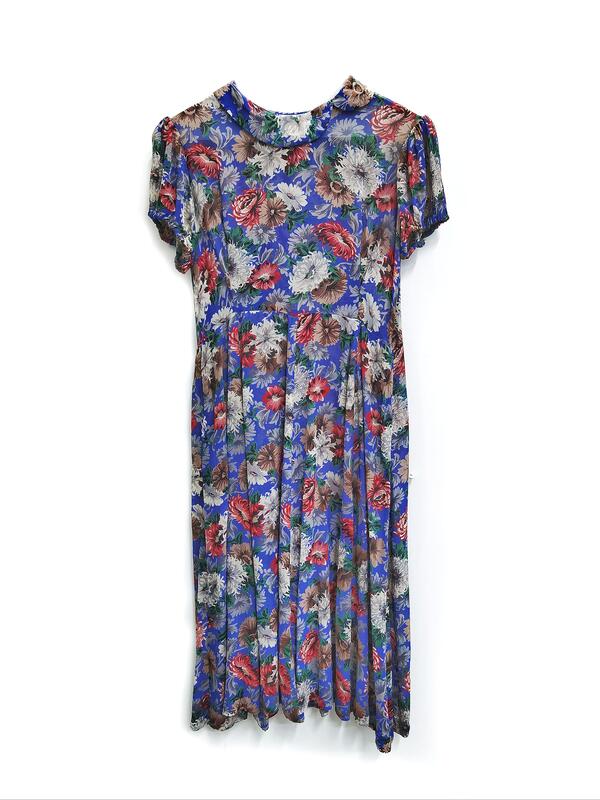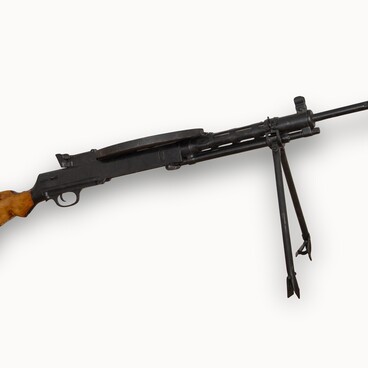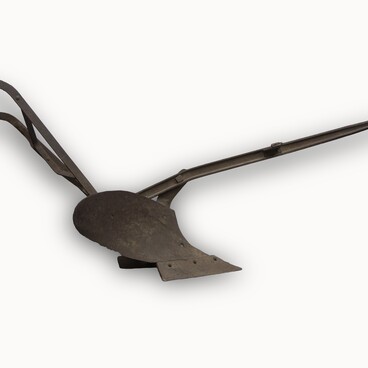In the 1930s, clothes became more varied in the Soviet Union, as many women could already afford to have their dresses made to order. However, due to certain social and economic conditions, fashion was still not a widespread phenomenon. Back then, there was no fashion design center in the USSR, and the art of fashion designers was still in its early stages.
Large Soviet factories started establishing their own design and art workshops, which began to develop new collections and fabric colors. However, the severe lack of manufacturing materials hindered the production of high-quality fabrics and clothes.
The goal was to increase the production of high-quality fabrics, but at the same time reduce their costs. The first automatic looms were invented. New varieties of fabrics were created (including Georgette, wool paper, sateen, calico, satin, and covert cloth), and the production of fabrics that were popular continued (including satin, silk, Georgette, and crêpe de Chine).
In the 1930s, polka dot patterns, one-color dresses, and diagonal striped dresses were in vogue. As for the cut and design, the designers gave free scope to their imagination: they often used bows and frills, while in the second half of the decade pleats came into fashion — a type of decorative folds.
The cut of dresses made between the 1930s and the early 1960s was so intricate and required such a high level of skill that not all contemporary dressmakers can create clothes in the style of that period.
This floral dress is the epitome of Soviet fashion in the 1930s. Small or medium-sized flowers were often depicted against a gray, black, burgundy, or dark blue background. This pattern remained in vogue in the following decades, only the dress models changed.
An outfit was accompanied by accessories — most often by a hat and a handbag. Interestingly, while in the 1920s hats were considered a sign of bourgeoisness, they became very common in the USSR in the 1930s. A large number of hat shops were established across the country during that period, and women’s magazines often featured articles on how to make a hat at home or alter an existing one.
Large Soviet factories started establishing their own design and art workshops, which began to develop new collections and fabric colors. However, the severe lack of manufacturing materials hindered the production of high-quality fabrics and clothes.
The goal was to increase the production of high-quality fabrics, but at the same time reduce their costs. The first automatic looms were invented. New varieties of fabrics were created (including Georgette, wool paper, sateen, calico, satin, and covert cloth), and the production of fabrics that were popular continued (including satin, silk, Georgette, and crêpe de Chine).
In the 1930s, polka dot patterns, one-color dresses, and diagonal striped dresses were in vogue. As for the cut and design, the designers gave free scope to their imagination: they often used bows and frills, while in the second half of the decade pleats came into fashion — a type of decorative folds.
The cut of dresses made between the 1930s and the early 1960s was so intricate and required such a high level of skill that not all contemporary dressmakers can create clothes in the style of that period.
This floral dress is the epitome of Soviet fashion in the 1930s. Small or medium-sized flowers were often depicted against a gray, black, burgundy, or dark blue background. This pattern remained in vogue in the following decades, only the dress models changed.
An outfit was accompanied by accessories — most often by a hat and a handbag. Interestingly, while in the 1920s hats were considered a sign of bourgeoisness, they became very common in the USSR in the 1930s. A large number of hat shops were established across the country during that period, and women’s magazines often featured articles on how to make a hat at home or alter an existing one.



